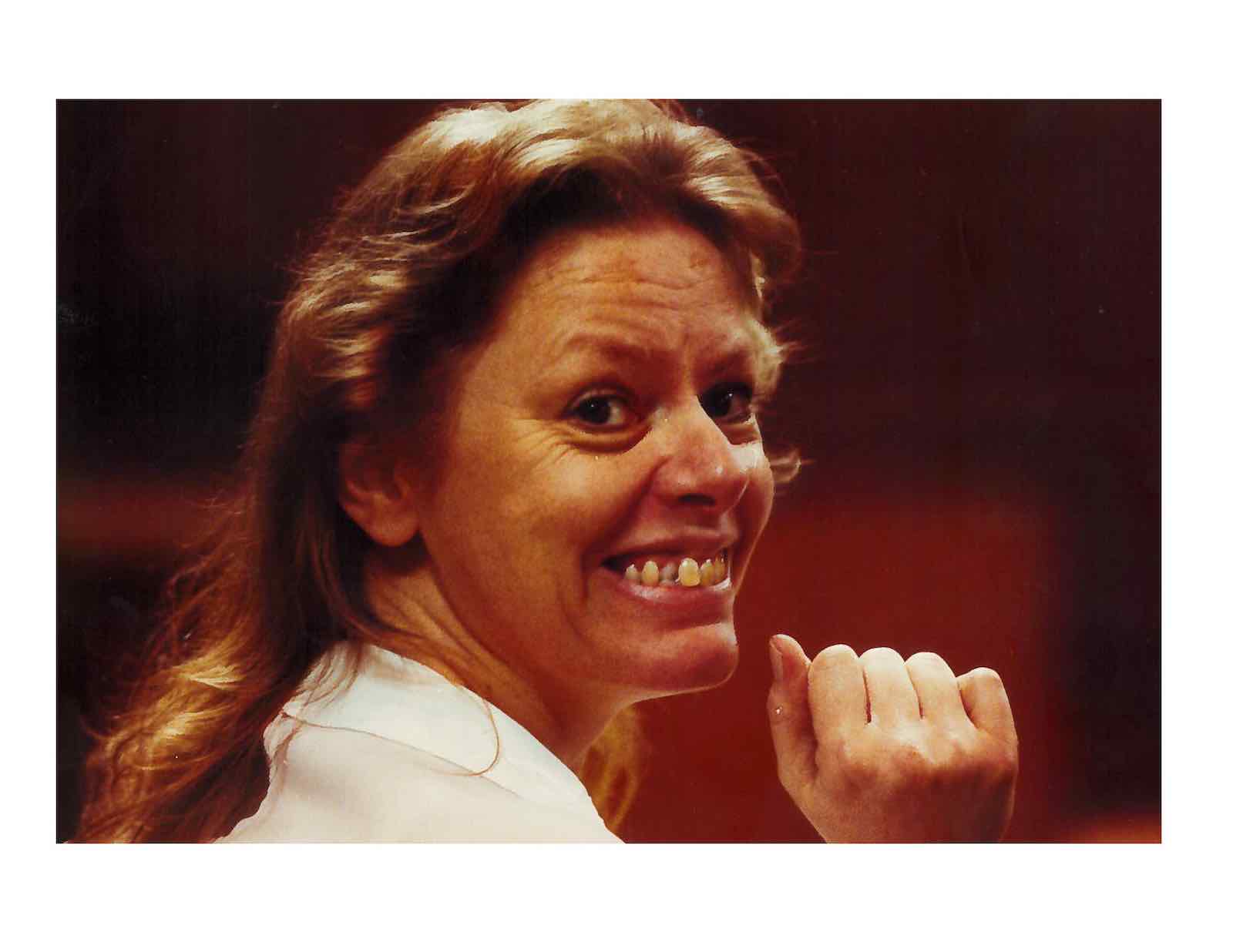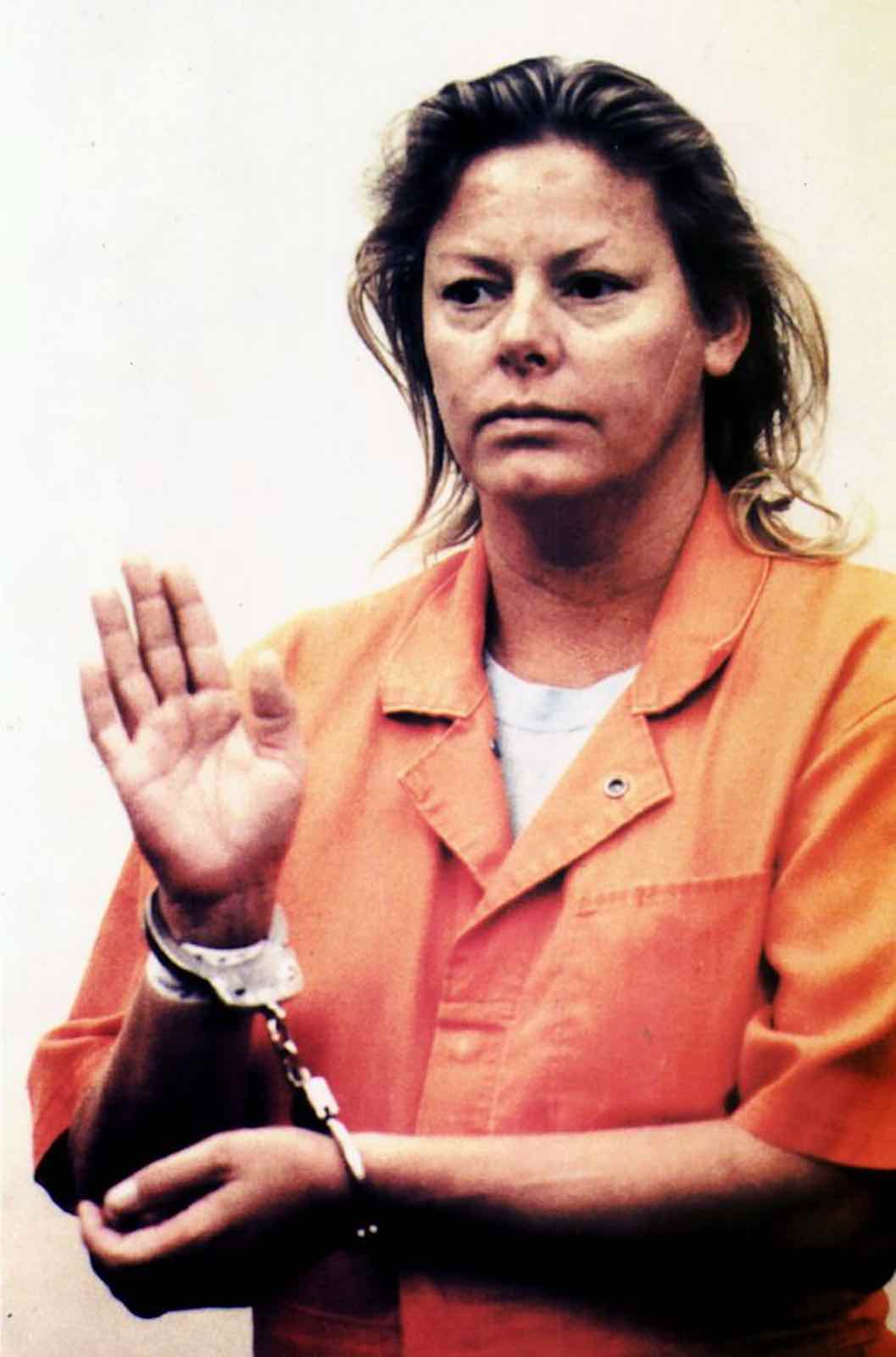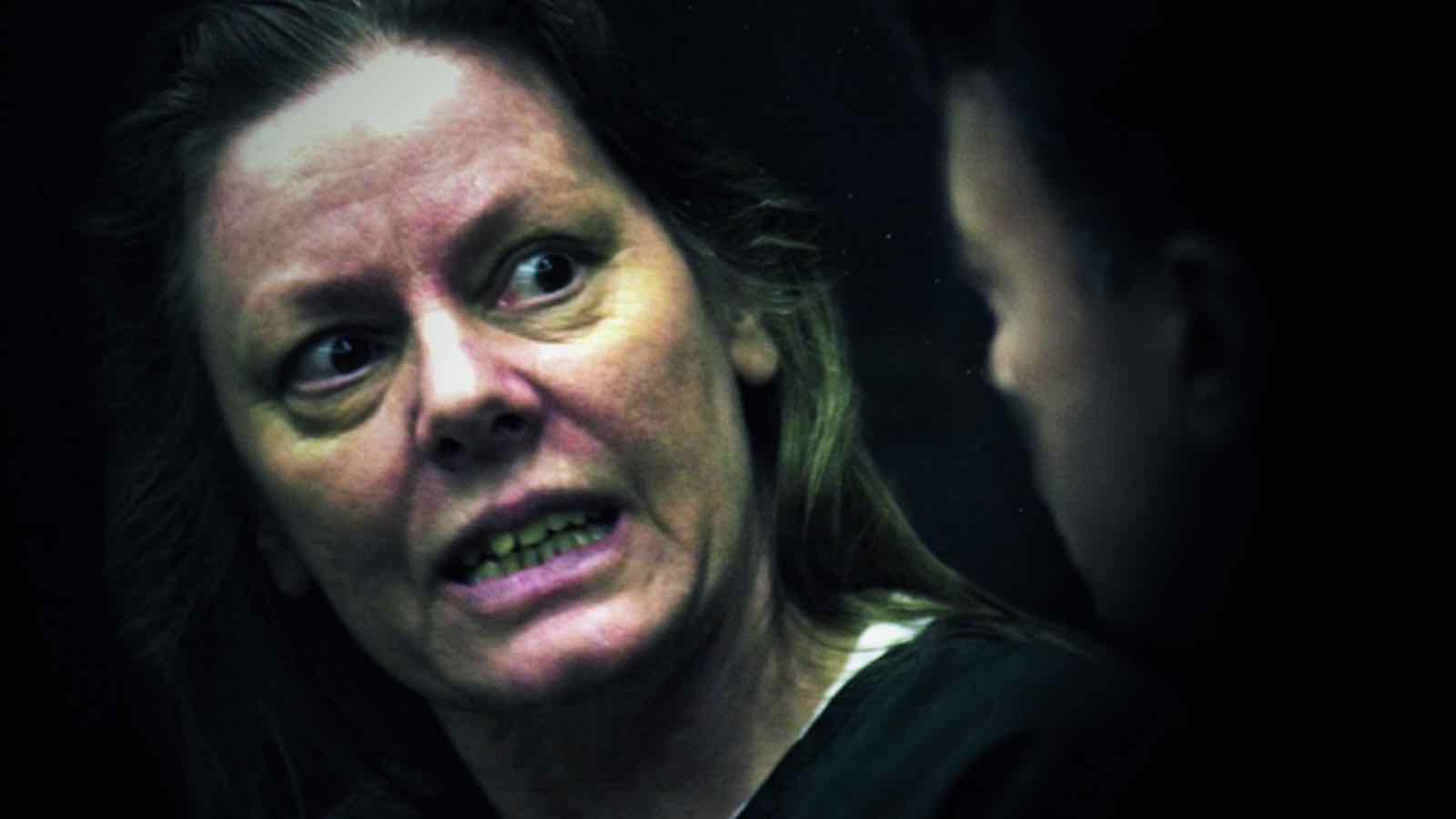American serial killer: Here’s why Aileen Wuornos was a ‘Monster’
The term “serial killer” usually evokes certain characteristics: egotistical, violent, manipulative, and—usually—male.
But in 1989, Aileen Wuornos, after a childhood of abuse and abandonment, went on a killing rampage that made her America’s most infamous female serial killer. Despite her heinous crimes, Aileen Wuornos’ unwonted offenses inspired the 2003 film Monster, starring Charlize Theron as Wuornos, and subsequently raising her to an almost cult-like status.
In 2002, Wuornos’ killing spree would earn her the spot as the 10th woman to receive the death penalty in the United States since the 1976 reinstatement of capital punishment. A former prostitute who killed seven men she picked up while working the highways of Florida in 1989 and 1990, Wuornos showcased just how fractured a person could be in modern America.

Missteps in early life
Aileen Wuornos found prostitution early in life, trading sexual favors at her elementary school for cigarettes at the age of 11. But she was of course bound by influence—Wuornos’ father, a convicted sex offender—was out of the picture before she was born and ended his life by hanging himself in his prison cell when she was 13-years-old. Her mother, having given birth to Aileen at a very young age, had already abandoned her by that point, leaving her in the care of her paternal grandparents.
Less than a year after her father’s death, Wuornos’ grandmother died of liver failure. Meanwhile, her grandfather had allegedly been beating and raping her for several years.
Already having dealt with a tumultuous upbringing met with sustained tragedy, by age 15 Aileen Wuornos dropped out of school to have her grandfather’s friend’s baby—again, possibly a product of rape. However, after having the child, she and her grandfather broke out into domestic dispute, thus prompting Aileen to run away to the outskirts of Troy, Michigan. Given her underprivileged background and dire circumstances, she gave up her son for adoption and sustained herself through prostitution and petty theft.

Escape through marriage
In an attempt to escape her ill-fated life, at age 20 Aileen Wuornos hitchhiked to Florida and married a 69-year-old man named Lewis Fell. Fell was a successful businessman who had settled into semi-retirement as the president of a yacht club. By the time Wuornos moved in with him, she was already getting into trouble with local law enforcement through bar brawls and eventual domestic abuse against Fell.
After only nine weeks of marriage, Lewis Fell filed a restraining order against Wuornos, which forced her to return to Michigan to file for an annulment.

It was also around this point when Wuornos’ brother—with whom she had an incestuous relationship within their youth—died of esophageal cancer. Aileen collected his $10,000 life insurance policy, covered the fine for a DUI charge, and blew the rest on a luxury car to which she crashed while driving under the influence.
With the money gone, Wuornos returned (again) to Florida and briefly did time for an armed robbery in which she stole $35 and some cigarettes. Succumbing to prostitution as a means to an end, Wuornos was arrested in 1986 when she pulled a gun on a customer and demanded money. By 1987, she had moved in with hotel maid Tyria Moore, who she became romantically and criminally involved with.

The killing spree (1989-1990)
Though her story changed depending on who she was talking to, Wuornos often claimed to have been a victim of rape or attempted rape by the men she murdered.
During her year-long killing spree, Aileen posed as a hitchhiker on prominent Florida highways, lured the men into remote locations, and subsequently turned on them with a .22 caliber pistol.
Richard Mallory (November 30, 1989)
Coincidentally, Richard Mallory was a 51-year-old convicted rapist who had finished his prison term years earlier. He was running an electronics store in Clearwater when he met Wuornos in November of 1989. Wuornos shot him several times in the woods before abandoning his car.

David Spears (May 1990)
A 47-year-old construction worker in Winter Garden, Florida, on June 1, 1990, Spears’ naked body was found along U.S. Route 19. He had been shot six times.
Charles Carskaddon (May 31, 1990)
A 40-year-old part-time rodeo worker, on June 6, 1990—just five days after the discovery of Spears’ body—Carskaddon’s body was found located in Pasco County. He had been shot nine times, wrapped in an electric blanket, and badly decomposing when found.
Peter Siems (June 1990)
A 65-year-old retired merchant seaman devoted to his Christian faith, in June of 1990, Siems left Jupiter, Florida for Arkansas. On July 4, 1990, his car was found in Orange Springs, Florida. Witnesses identified Tyria Moore and Wuornos as the two persons seen leaving the car where it ultimately was found. A palm print on the interior door handle matched that of Wuornos. The body was never found.

Troy Burress (July 1990)
A 50-year-old sausage salesman from Ocala, Burress was reported missing on July 31, 1990. On August 4, 1990, law enforcement found the body in a wooded area along State Route 19 in Marion County. The body was substantially decomposed, but evidence showed that he had been shot twice.
Charles Humphreys (September 1990)
A 56-year-old retired Air Force major and former police chief / Florida state child abuse investigator whose body was found in Marion County on September 12, 1990. The body was fully clothed, and had been shot six times in the head and torso. Humphreys’ car was found in Suwannee County.

Walter Antonio (November 1990)
Antonio was 62-years-old when his body was found on November 19, 1990, near a remote logging road in Dixie County. His body was nearly nude, and he had been shot four times in the back of the head. Law officers found Antonio’s car five days later in Brevard County.
Aileen Wuornos was eventually picked up on a warrant in Volusia County, Florida. Tyria Moore had left her by this time, returning to Pennsylvania, where police apprehended her the day after Aileen was booked.

The end of a reign
In the days immediately following Wuornos’ arrest, Tyria Moore made calls to Wuornos in an attempt to elicit a confession that could be used against her. In the calls, Wuornos confessed to several of the murders but insisted over the phone that the killings Moore hadn’t known about were all attempted rapes. At this point, authorities had what they need in order to arrest Aileen Wuornos for murder.
Wuornos spent all of 1991 in jail, waiting for her trial to begin. During this time, Moore cooperated with prosecutors in exchange for immunity. In confinement, Wuornos gradually started to believe that her food was being spat in or otherwise contaminated. She repeatedly went on hunger strikes and claimed that other inmates and staff were plotting against her.

Wuornos went on trial for the murder of Richard Mallory in 1992 and was convicted two weeks later—the sentence was death. Around a month later, she pleaded no contest to three more of the murders. And in June of 1992, Wuornos pleaded guilty to the murder of Charles Carskaddon and was given yet another death sentence for the crime.
After 10 years, Wuornos had been diagnosed as a psychopath with borderline personality disorder and in 2001 she directly petitioned the court to ask for her sentence to be hurried along. Citing inhumane living conditions, Wuornos claimed that her body and head were being crushed by a “sonic weapon”.
Finally, on October 9, 2002, Aileen Wuornos got her wish and was put to death by lethal injection at 9:47 a.m. She declined her last meal and instead opted for a cup of coffee.
—
If you’re a massive true crime stan, do sign up for our newsletter. We promise only to send you the most relevant news, contests, quizzes, and polls.



